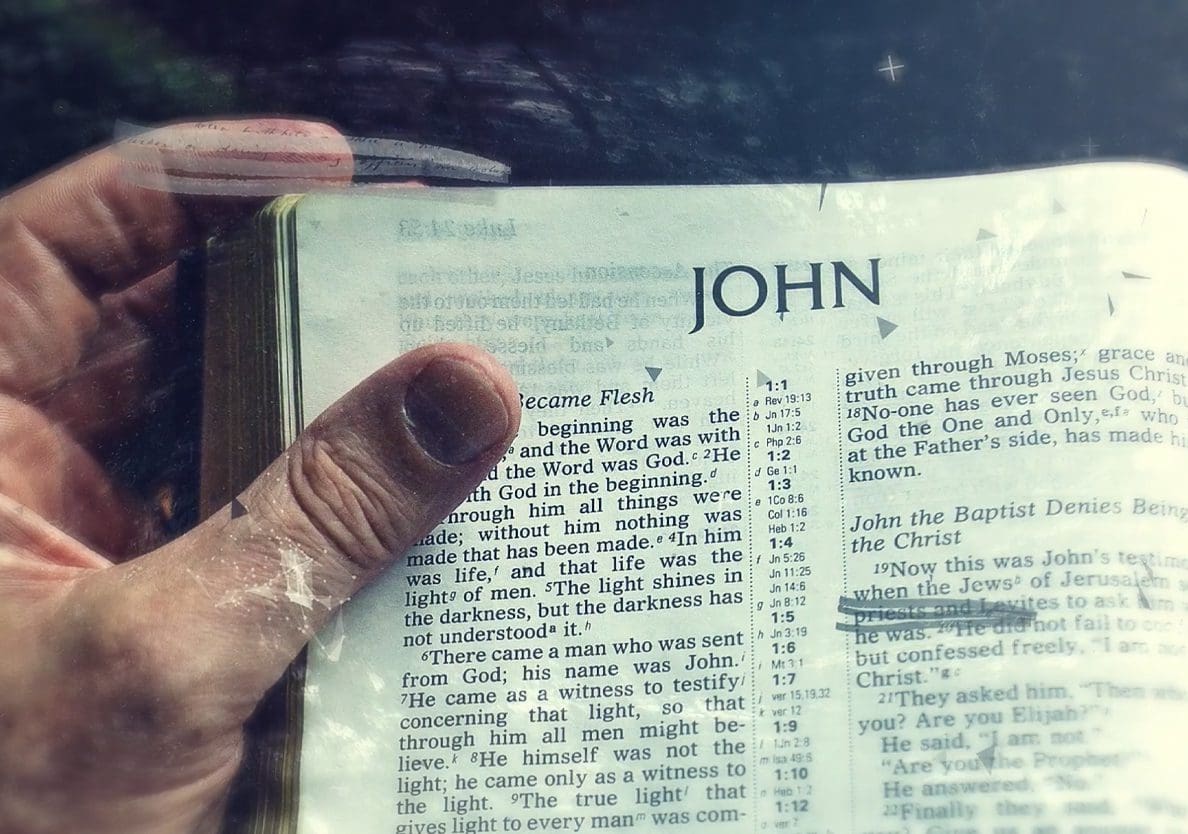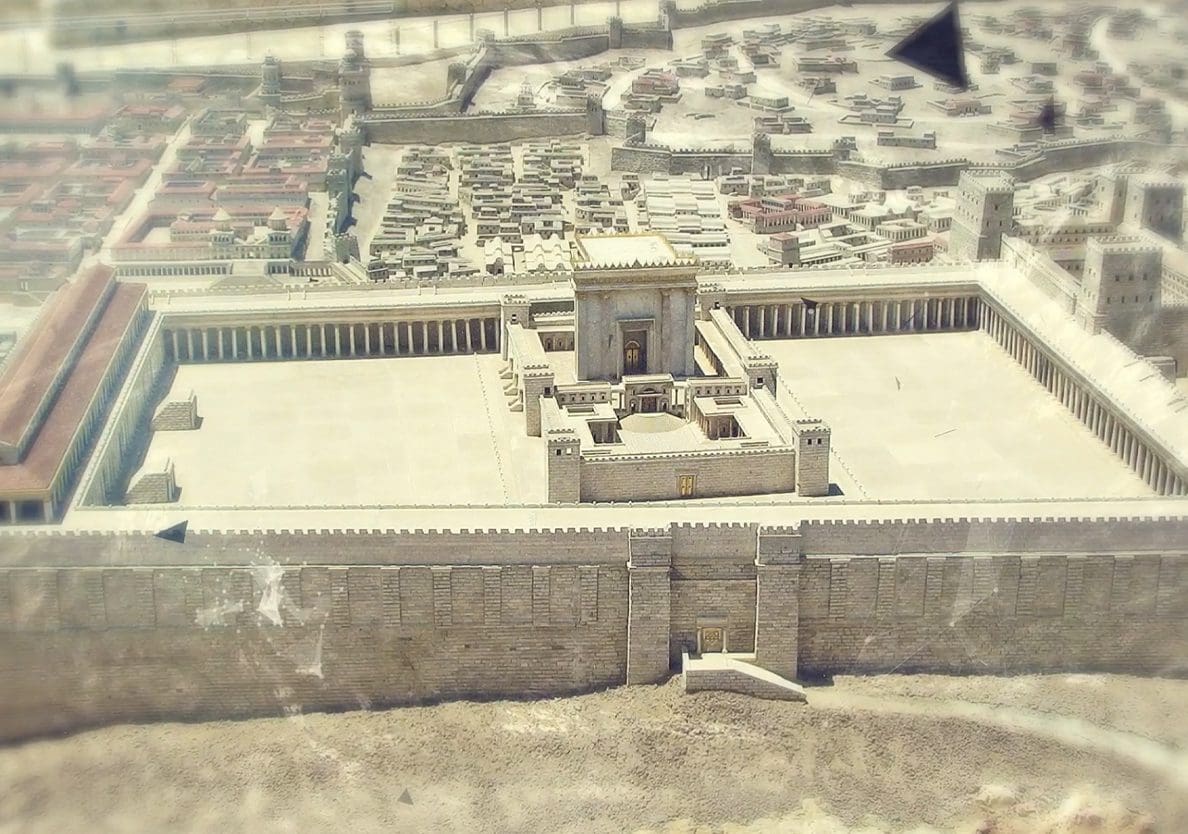When it comes to the ministry and earthly life of Jesus Christ, the four Gospel accounts record a number of the same events: The baptism of Jesus Christ, the feeding of the five thousand, Peter’s profession of faith, Peter’s denial, the triumphal entry, the last supper, and, of course, the crucifixion, burial, and resurrection of Jesus, just to name a few. On the other hand, there are many events which do not appear in all four gospels such as the Magi visiting from the east, the temptation of Christ in the wilderness, the wedding at Cana, Jesus stilling the storm, and the sermon on the mount.[1]
“Take these things away! Do not make My Father’s house a house of merchandise!”
John 2:16
Certainly, one of the more high-profile acts of Jesus, which is recorded in all four Gospel accounts, is the cleansing of the temple in which He drives out those who had turned God’s house of prayer and worship into a house of profit and ungodly gain. Because Matthew, Mark, Luke, and John all make mention of this temple cleansing event, many readers assume that each Gospel writer is recording the same event. However, this creates a contradiction of sorts because while John places this event near the beginning of Jesus’ ministry during the first of three Passovers mentioned in his Gospel (John 2), according to the Synoptic Gospels it was near the end of His ministry just days before His crucifixion (Matthew 21; Mark 11; Luke 19). So how are we to resolve this discrepancy? The answer is actually remarkably simple: These are two separate events. Jesus cleansed the temple both at the beginning of His ministry as John records and again near the end of His ministry as recorded in the Synoptics.


Believe it or not, there are several chronological markers which exactly confirm this conclusion. For example, consider John the Baptist. When Jesus cleansed the temple in John’s account John the Baptist was still alive (John 3:22-24). But in Matthew, Mark, and Luke’s account he was clearly already dead.[2] Besides the chronological clues, there are other differences that set these passages apart. For instance, in John, Jesus was immediately confronted by temple officials who asked, “What sign do You show to us, since You do these things?” Jesus responded by pointing to His future resurrection: “Destroy this temple, and in three days I will raise it up” (John 2:19; cf.2:22). But Matthew, Mark, and Luke make no mention of this confrontation. Also, the Synoptics record that following the temple cleansing Jesus began to teach and heal people there, but there is no mention of this in John. Similarly, in John, Jesus fashioned a whip of cords to drive out the money changers, but the Synoptics do not mention a whip at all. Even the words Jesus spoke while cleansing the temple (while similar in message) are distinctly different. In the first temple cleansing, the Lord says, “Take these things away! Do not make My Father’s house a house of merchandise!” (John 2:16). But during the second cleansing He said, “It is written, ‘My house shall be called a house of prayer,’ but you have made it a ‘den of thieves’” (Matthew 21:13; Mark 11:17; Luke 19:46).[3]
Thus, we come to the somewhat surprising conclusion that Jesus, on at least two occasions, cleansed the temple.[4]

Ryan Hembree is a daily co-host, speaker, and writer of Bible Discovery. He also hosts a YouTube channel that shows the unity of the Bible and how science and Scripture fit together. Ryan also has an honorary Masters of Ministry in Creation Science from Phoenix University of Theology.
[1] For a full list see Harmony of the Gospels at https://www.blueletterbible.org/study/harmony/index.cfm
[2] For more detail on this and other chronological markers see Ken Ham, Bodie Hodge & Tim Chaffey, Demolishing Supposed Bible Contradictions Volume 2, When Did Jesus Cleanse the Temple?, Tim Chaffey, 129-135.
[3] Ken Ham, Bodie Hodge & Tim Chaffey, Demolishing Supposed Bible Contradictions Volume 2, When Did Jesus Cleanse the Temple?, Tim Chaffey, 130-131.
[4] This conclusion is also consistent with the aforementioned Harmony of the Gospels at https://www.blueletterbible.org/study/harmony/index.cfm






